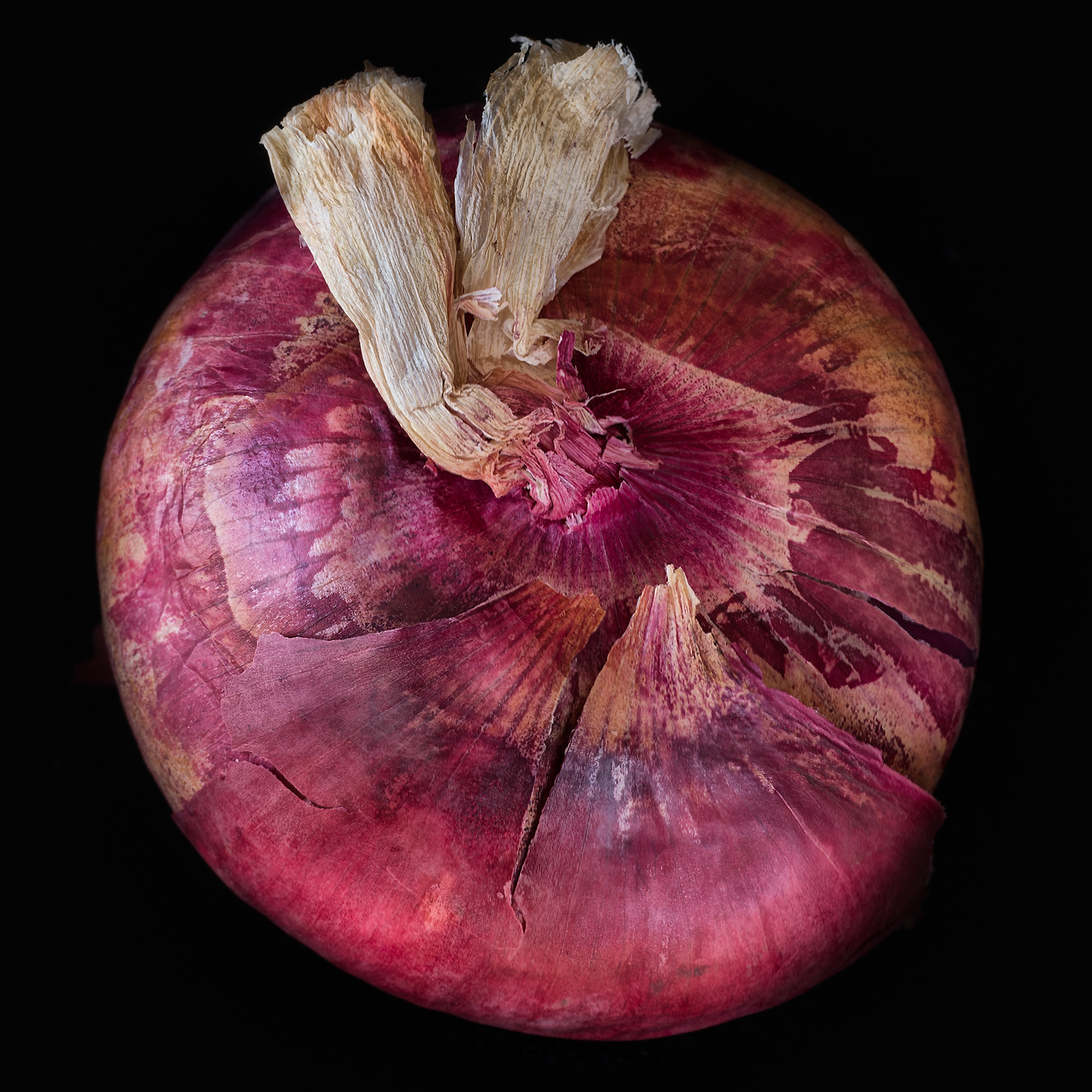It is certainly possible to capture a world in a grain of sand, or a water drop. Perhaps less obviously, there is also a chance of rendering the apparently mundane and seeing worlds, clouds, and maybe mountains within it. The technique here is to make the subject over-the-top clear, so the detail in the photograph seems hyper real. I find myself baffled by students who seek help finding subject matter, as the everyday world around us is always full of source material that is grist for the artistic mill.

Andrew Nixon
21 Apr 2015Your post brings to mind an argument that I’m having with one of my photography friends that runs along the lines of ‘why should I be interested in the exploration of Joe Photographer’’s inner world? That might be interesting to you Joe Photographer but it has an audience of one – you. Show me something that not only moves you but also moves me.’
I don’t have a good answer to that when it comes to selecting subject matter. Do you?
Harold Davis
21 Apr 2015@Andrew Nixon: This is a great question, and one that I think we all wrestle with.
So the issue is a complicated one. Dr Johnson famously opined that “the proper study of man is man.” (He neglected to include half the human race, obviously.) All photography involves some blend of the outer world, and the inner world of the perception of the photographer. When I photograph a flower, or an onion, the important thing is not my gear, or even my photographic technique, but my unique vision that I bring to the subject. If I am a boring and banal person, this vision will likely be boring and banal.
On the other hand, personally I bring my experience backpacking and exploring on a number of continents, walking pilgrimage trails, training as a painter, life with several wives and live-in lovers (in series not parallel, ha!), background as a technologist, successes, failures, being a parent who has dealt with life and death issues of their children, my sense of humor, and much more to the table.
It seems to me that you are being pretty thoughtful about this. Personally, I find work that is too preciously about oneself ultimately shallow—Cindy Sherman comes to mind. On the other hand, work that is not self-revelatory to some degree is unlikely to have much real emotional power, and it is important to truly live and to imbue one’s art with one’s life.
I would agree with your friend that one of the key goals of art is to move the beholder. But the suggestion that Andy Nixon’s inner world is uninteresting smacks of passive-aggressiveness. There are many people out there whose inner life would interest me greatly, and perhaps you are one of them.
Pingback: Hierarchy of Photographic Needs